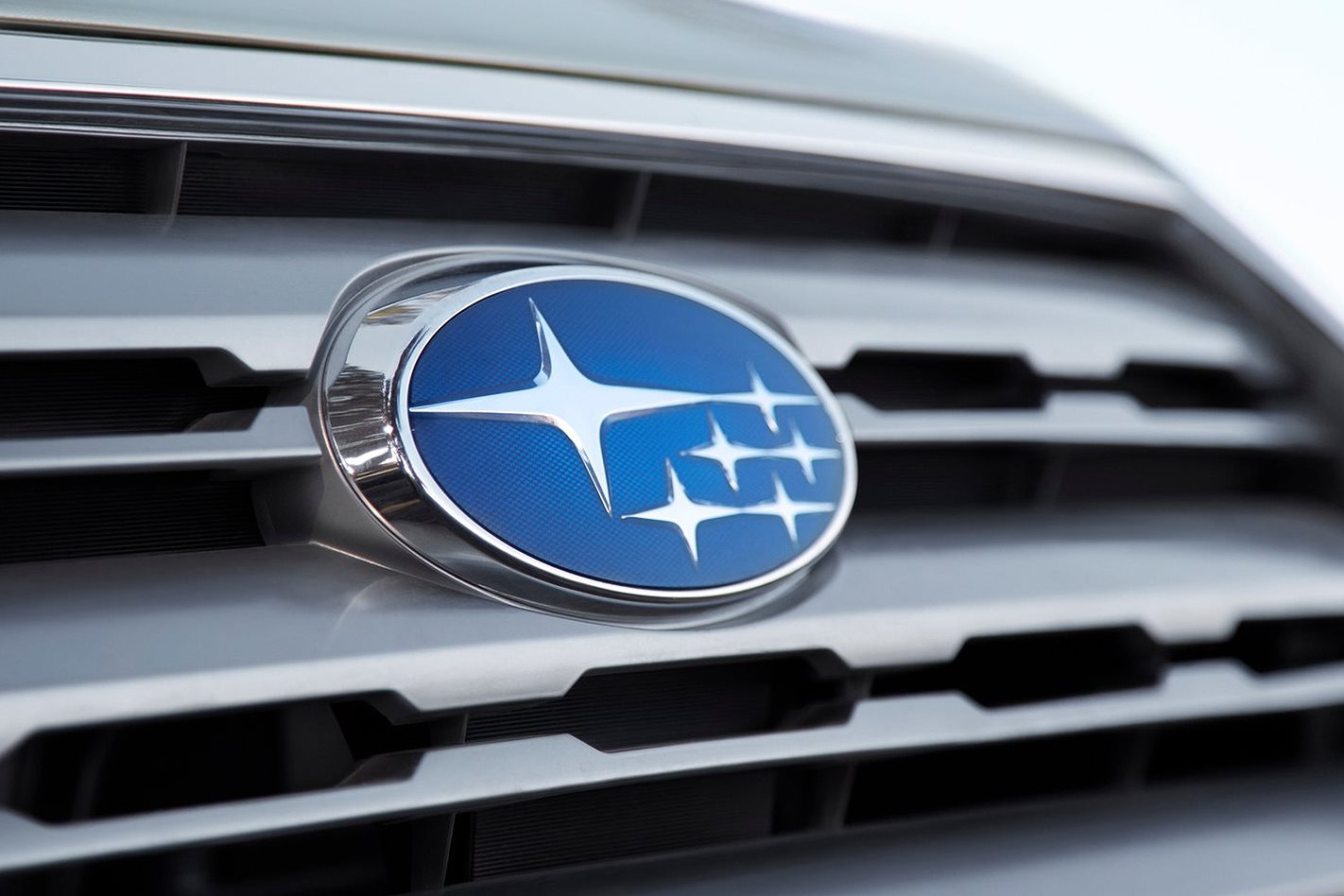
Snapshot
- Subaru to reportedly stop PHEV development to reduce costs
- Weak PHEV sales and strict regulations are said to be key factors
- Focus on traditional hybrid and all-electric instead
Subaru will reportedly stop developing plug-in hybrid electric vehicles (PHEV) and instead shift its focus on all-electric and traditional hybrid cars.
According to Nikkei Asia, the move aims to reduce costs for the Japanese automaker amid weak PHEV sales globally.
PHEV models accounted for only two per cent of global new car sales in 2022, and only made up around 0.54 per cent of Australian sales last year.
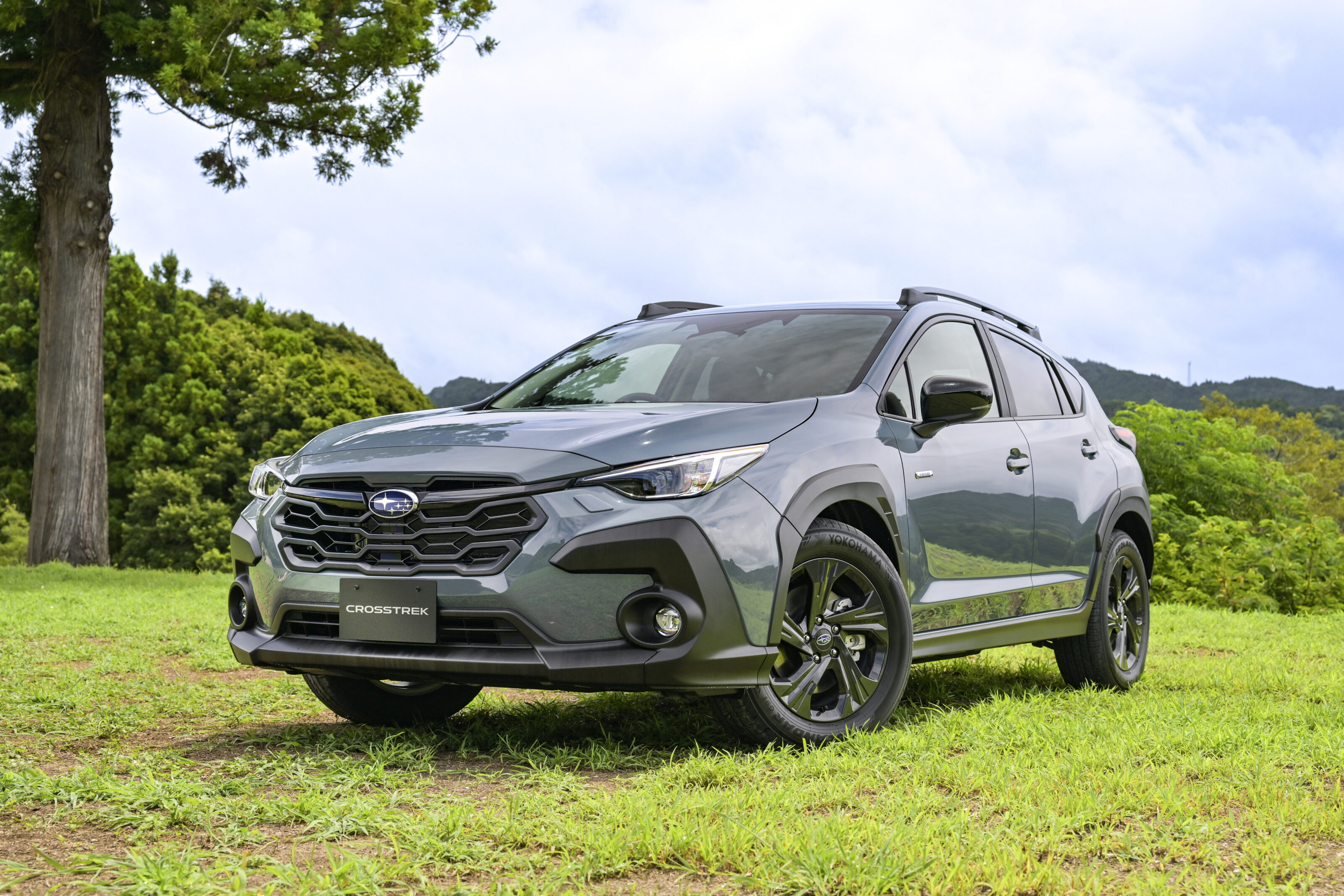
Another factor is increasingly strict fuel-efficiency and emissions standards in Japan and in other developed countries such as Euro 7 – which are forcing the hand of car manufacturers to transition to only selling pure battery-electric vehicles (or other alternative zero-tailpipe emitting powertrains).
Subaru currently sells the Crosstrek PHEV small SUV in North America, whereas Australia only gets traditional hybrid versions of the upcoming all-new Crosstrek and Forester mid-sized SUV.
The Subaru Solterra will launch later this year as its first all-electric model using Toyota’s e-TNGA underpinnings shared with the Toyota bZ4x and Lexus RZ, since it has a 20 per cent stake in Subaru.
But unlike Toyota, which stresses that it’ll offer a variety of powertrains to suit each market, Subaru will focus on the development and production of EVs by investing around AU$2.8 billion (¥250 billion) over the next five years.
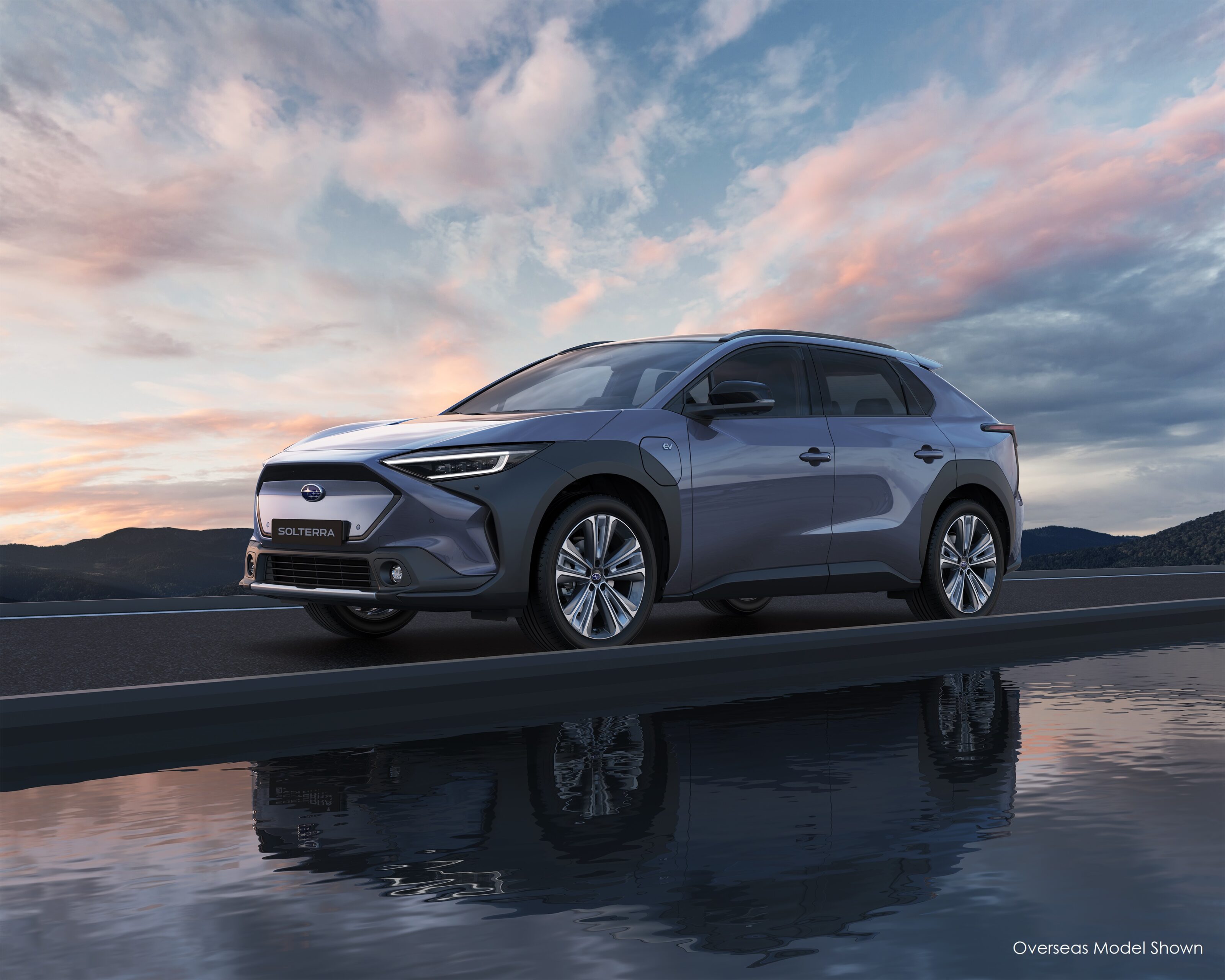
It will also build a dedicated EV factory in Gunma, north of Tokyo, in 2027.
German luxury automaker Mercedes-Benz has already pledged that it will stop developing new PHEVs from 2025 due to the high cost of fitting two drive units.
PHEVs are mooted as the stopgap between pure combustion engines and all-electric vehicles by combining both powertrains to offer electric-only driving backed up by fuel, while benefiting from the lower running costs, emission-free, and instant torque of an EV.
We recommend
-
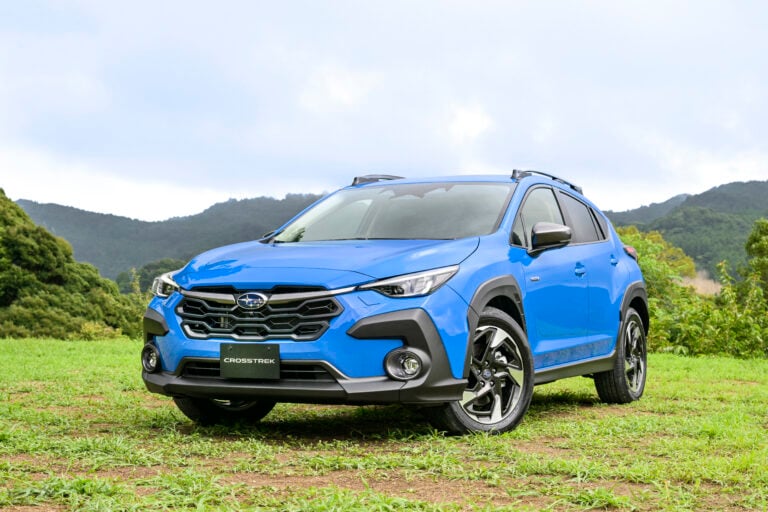 News
News2023 Subaru Crosstrek: XV successor revealed, confirmed for Australia
Subaru has debuted the third-generation XV small SUV in Japan – but it will wear a new name across the globe
-
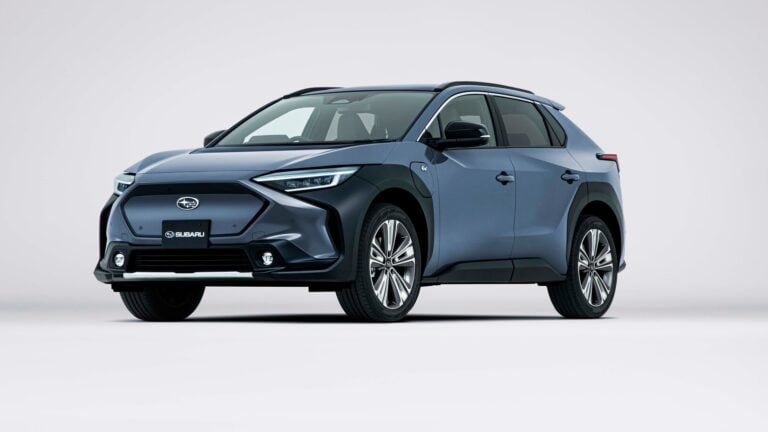 News
News2022 Subaru Solterra EV unveiled; showcased in new walk around
Set to launch in the middle of next year, the Solterra's Australian timeline is still unknown
-
 Reviews
Reviews2023 Subaru Solterra review: First look
We take a detailed first look inside and out at Subaru's crucial new electric SUV that in 2023 will take on the likes of the Ioniq 5, EV6 and Model Y.




